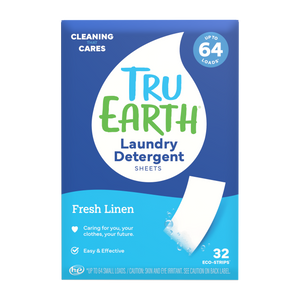Clean and safe drinking water is essential for our well-being. While many of us have access to treated municipal water supplies, there are instances when we might need to purify water at home.
Whether you're facing a water quality issue or preparing for an emergency, knowing how to purify water is a valuable skill. In this complete guide, we'll explore various methods and steps to ensure you have access to safe and purified water right in your own home.

Understanding the Need for Water Purification
Why Purify Water at Home
Ensuring the safety of your drinking water is essential. Contaminated water can lead to waterborne illnesses and health concerns. By purifying water at home, you take control of your water quality and reduce the risk of consuming harmful contaminants.
Common Water Contaminants
Water contaminants can vary widely, from microorganisms like bacteria and parasites to chemicals, heavy metals, and sediments. Knowing the potential contaminants in your water source will help you choose the most suitable purification method.
Methods of Water Purification
Boiling
Materials Needed: Pot, stove or heat source, clean water.
Steps:
- Fill a pot with water from your source.
- Place the pot on a heat source (stove or campfire) and bring the water to a rolling boil.
- Let the water boil for at least one minute (or three minutes if you're at a higher altitude).
- Allow the water to cool before consumption.
Filtration
Materials Needed: Water filter, filter cartridges, clean water.
Steps:
- Choose a suitable water filter based on the type of contaminants in your water.
- Follow the manufacturer's instructions for installing and replacing filter cartridges.
- Pour your water through the filter system to remove impurities.
- Collect the purified water in a clean container for drinking.
Chemical Treatment
Materials Needed: Water purification tablets, drops, or chlorine bleach, clean water.
Steps:
- Follow the instructions on the water purification product packaging for the correct dosage.
- Add the recommended amount of purification tablets, drops, or bleach to your water container.
- Stir the water to distribute the chemical treatment thoroughly.
- Allow the treated water to sit for the prescribed time (usually 30 minutes).
- The water should have a slight chlorine odor. If not, repeat the treatment.
- After the waiting period, the water should be safe to drink.
Water Purification Equipment
Choosing the Right Water Filter
Water filters come in various types, such as activated carbon filters, reverse osmosis filters and UV filters. Consider your specific needs and the types of contaminants in your water when selecting a filter. Some filters can remove specific contaminants like lead, while others provide overall purification.
UV Water Purification Systems
UV purification systems use ultraviolet light to kill microorganisms in water. They are highly effective against bacteria, viruses, and protozoa. Consider installing a UV purification system in your home for continuous water treatment.
Emergency Water Purification
Boiling for Emergency Situations
In emergencies where access to clean water is compromised, boiling is the most reliable method for water purification. Keep a portable stove or campfire equipment handy, along with a supply of clean water containers, for such situations.
Water Purification Tablets and Drops
Stock up on water purification tablets or drops for emergency use. These products are compact and have a long shelf life, making them an excellent addition to your emergency preparedness kit.
Maintenance and Safety
Filter Maintenance
Regularly replace filter cartridges as recommended by the manufacturer. Neglecting filter maintenance can compromise the effectiveness of your water purification system.
Sanitizing Containers
Ensure that the containers you use for collecting and storing purified water are clean and sanitized. Use a mild bleach solution to disinfect containers before filling them with purified water.
Testing Water Quality
Water Testing Kits
Consider investing in a water testing kit to periodically check the quality of your home's drinking water. These kits can detect various contaminants, allowing you to take appropriate actions if necessary.
Professional Water Testing
If you suspect severe water quality issues, consult a professional water testing service to thoroughly assess your water source and recommend appropriate purification methods.

Your Path to Clean and Safe Drinking Water
Purifying water at home is a valuable skill that ensures you have access to clean and safe drinking water in various situations. Whether you're dealing with a temporary water quality issue, preparing for emergencies, or simply enhancing your daily water consumption, understanding the methods and equipment available for water purification is essential.
By following the steps outlined in this guide and staying informed about your water source, you can enjoy peace of mind knowing that you and your loved ones have access to purified water that promotes good health and well-being.

